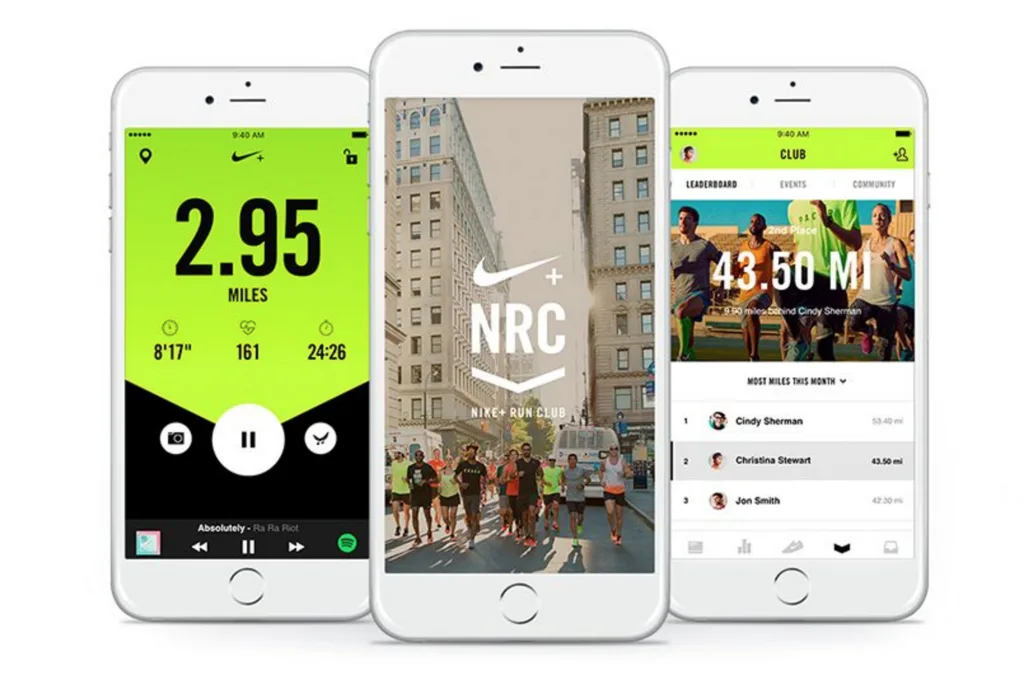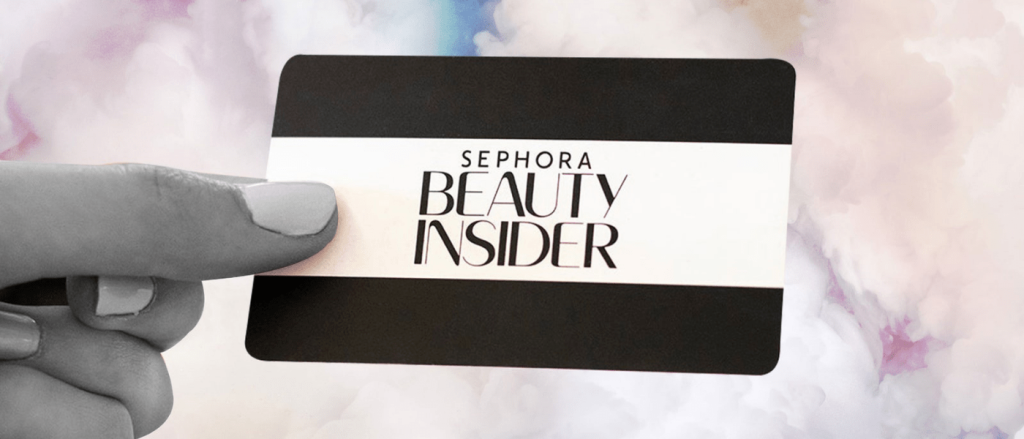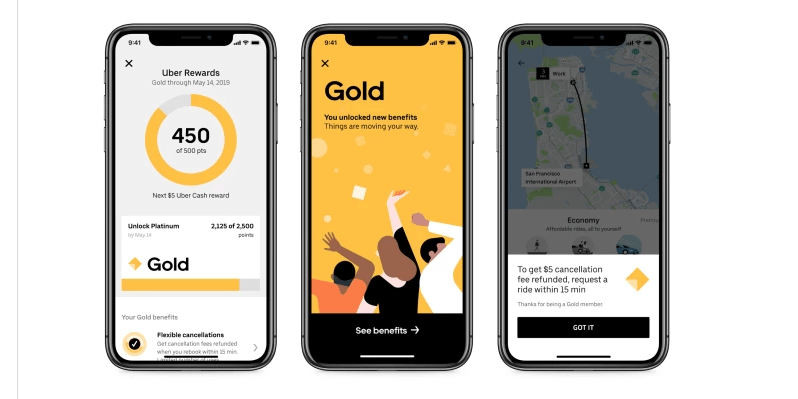Customer loyalty isn’t just about repeat purchases—it’s about creating a deep emotional connection with your brand. Turning occasional shoppers into lifetime brand advocates requires more than just discounts and rewards. With a well-designed loyalty app, businesses can leverage personalized experiences, gamification, and community-building to foster long-term customer relationships. In an era where 75% of consumers prefer brands that personalize their interactions and 81% are more likely to continue engaging with a loyalty program that offers tailored rewards, it’s crucial to move beyond transactional incentives and focus on engagement strategies that truly resonate.
Here’s how you can transform casual buyers into devoted fans.
1. Personalization: The Key to Loyalty App
Customers crave experiences tailored to their preferences and behaviors. A loyalty app powered by AI and data analytics can:
- Track purchase history and browsing behavior to offer highly relevant rewards and deals.
- Send personalized push notifications with exclusive discounts, reminders, and limited-time offers.
- Provide tailored product recommendations based on individual shopping habits and preferences.
- Segment customers into different loyalty tiers based on engagement, offering progressively more enticing rewards.
Example: Starbucks Rewards
Starbucks leverages AI to offer personalized drink suggestions and birthday rewards. By analyzing customer habits, the app suggests favorite beverages, seasonal specials, and discounts on frequently purchased items. This level of customization makes customers feel valued and keeps them engaged.
2. Gamify the Shopping Experience
Gamification adds an element of fun and excitement to loyalty programs, encouraging customers to return for more. Studies show that 89% of consumers are more likely to stay engaged with a brand that integrates gamification. Features such as:
- Points & Badges: Reward customers for purchases, referrals, and engagement levels.
- Spin-to-Win Rewards: Offer daily or weekly gamified bonuses that keep customers coming back.
- Challenges & Streaks: Reward users for completing a series of purchases, checking in daily, or visiting stores regularly.
- Leaderboards & Competition: Encourage customers to compete for top spots in challenges, further boosting engagement.
Example: Nike Run Club
Nike’s loyalty app integrates fitness challenges and milestone rewards, encouraging customers to stay active while engaging with the brand. Users earn badges for achieving running goals, fostering a sense of achievement and long-term commitment.

3. Build an Engaging Community
A strong brand community fosters deeper loyalty. Your loyalty app can create a sense of belonging through:
- Exclusive Member Forums: Enable customers to share experiences, product insights, and reviews.
- Social Sharing Incentives: Reward customers for posting about your brand on social media.
- VIP Access to Events: Provide early access to product launches, webinars, and special in-person or virtual experiences.
Example: Sephora Beauty Insider Community
Sephora’s loyalty program encourages members to discuss beauty tips, share product reviews, and participate in brand-hosted events. By making customers feel like part of an exclusive club, Sephora strengthens emotional connections and brand loyalty.

4. Offer Experiential Rewards, Not Just Discounts
While discounts are valuable, experiential rewards create emotional connections that last longer. Instead of only offering monetary incentives, consider:
- Early Access to Sales: Let loyal customers shop before the general public.
- Personalized Consultations: Provide one-on-one styling, skincare, or wellness consultations.
- Exclusive Content & Behind-the-Scenes Access: Offer tutorials, product creation insights, and VIP brand stories.
Example: The North Face XPLR Pass
The North Face’s loyalty program offers exclusive access to adventure experiences, such as guided hikes and climbing events, inspiring customers to engage with the brand beyond transactions.
5. Seamless Integration with Mobile Payments & Shopping
Convenience is key to driving loyalty. A well-integrated app should:
- Support mobile wallets like Apple Pay and Google Pay for one-tap purchases.
- Enable in-app ordering and pickup options for faster transactions.
- Use geo-location technology to offer discounts and promotions when customers are near a store.
- Provide an intuitive and user-friendly interface to make navigation and shopping effortless.
Example: Walmart+
Walmart’s membership app offers mobile scan-and-go payments, free home delivery, and in-store discounts, making the shopping experience seamless and frictionless.
6. Use AI & Predictive Analytics for Smart Rewards
Artificial intelligence enhances loyalty apps by:
- Predicting when a customer is likely to make a purchase and offering timely incentives.
- Using dynamic pricing strategies to provide discounts at the right moment.
- Analyzing past behavior to offer personalized recommendations that increase engagement.
Example: Amazon Prime’s Personalized Recommendations
Amazon uses predictive analytics to suggest relevant products based on browsing history, making shopping easier while keeping customers engaged with tailored content.
7. Encourage Customer Advocacy with Referral Programs
Word-of-mouth marketing is one of the most effective ways to drive loyalty. A loyalty app can:
- Reward customers for referring friends through referral bonuses or discounts.
- Offer tiered incentives where the more referrals a customer makes, the greater the rewards.
- Gamify the referral process by introducing leaderboards, special challenges, or limited-time referral events.
Example: Uber Rewards
Uber’s referral program offers discounts for both referrers and new users. The ease of sharing referral links through the app has significantly increased customer retention and advocacy.

8. Keep Evolving with Customer Feedback
The best loyalty programs evolve based on customer needs. Use your app to:
- Gather feedback through surveys, polls, and reviews to understand customer preferences.
- Implement customer suggestions to refine program features and improve engagement.
- Regularly refresh rewards, challenges, and incentives to maintain excitement.
Example: Dunkin’ Rewards App
Dunkin’ regularly updates its loyalty program based on customer feedback, ensuring members stay engaged by adapting to their evolving preferences.
Final Thoughts
Turning occasional shoppers into lifelong brand advocates requires a multi-faceted approach that goes beyond just discounts. A loyalty app can serve as the foundation for these efforts by leveraging:
- Personalized experiences that make customers feel valued
- Gamification that keeps engagement fun and rewarding
- Community-building that fosters deeper brand connections
- Seamless convenience that integrates effortlessly into customers’ lives
- Evolving strategies that adapt to customer feedback and preferences
By creating meaningful experiences that customers genuinely enjoy, your brand can cultivate strong emotional connections, leading to long-term loyalty and advocacy. A successful loyalty program doesn’t just drive repeat purchases—it turns customers into passionate brand ambassadors who will champion your business for years to come.



